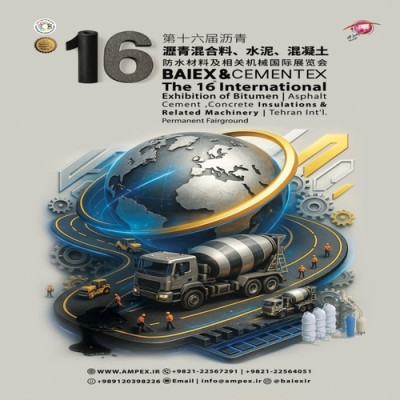The world’s petroleum map has undergone a transformation under the influence of the long-term consequences of Western sanctions, which have caused more petroleum imports from Russia to the largest economies in Asia.
The statistics observed by Kepler Energy Information Analysis Company show that China and India received more than 30% of their total imports in April from Russia, Iran and Venezuela. As a result, imports from other suppliers have been reduced, so that exports from West Africa and America to China and India have decreased by more than 40% and 35%, respectively.
Wang Nengquan, the former chief economist of Sinochem Energy, who has more than three decades of experience in the petroleum industry, said: “Asian buyers are clearly the winners of cheap petroleum. In recent months, Asia, led by India, has become Russia’s largest trading partner, and India has helped Moscow restore its petroleum exports to normal levels.”
The change in the flow of petroleum exports is a testimony to the changes in the world’s most important commodity market, whose global demand reaches about 100 million barrels per day, and the demand growth is led by India and China. After Russia’s military attack, Western countries banned the import of Russian petroleum and petroleum products to their markets and applied a price cap mechanism for Russian petroleum and petroleum products sold to other countries. The complex framework, championed by U.S. Treasury Secretary Janet Yellen, was designed as a way to limit the Kremlin’s revenue while maintaining supply on global markets.
In a research report for the Oxford Institute for Energy Studies, Andreas Economou, Bassam Fattouh and Ahmad Mehdi wrote: “In Asia, almost 90% of Russia’s exports now go to two countries, India and China. Russia has succeeded in changing the direction of its petroleum exports, but it has lost most of its old customer base. The fate of this country’s exports now largely depends on only a few countries, especially China and India, which gives the refineries of these countries a huge market power.”
Between these two countries, India has had the largest jump in demand for Russian petroleum, while China has received higher volumes of Russian petroleum and at the same time has maintained petroleum purchases from Iran and Venezuela offered at a significant discount. The United States has sanctioned Iranian and Venezuelan petroleum for a long time.
According to the statistics of the International Energy Agency, sanctions against Russia have been effective as intended and Russian petroleum exports in March increased to the highest level since the outbreak of the Covid pandemic, but the country’s income has almost halved compared to the same period last year. The US Treasury Department announced this month that the price cap mechanism has maintained the supply of Russian petroleum, while at the same time, the financing of the Kremlin has decreased.
According to a Bloomberg report, Russia’s need to transport to distant markets in Asia, as well as restrictions that previously existed on Iranian and Venezuelan petroleum shipments, have increased the use of the fleet of oil tankers known as "ghost". Most of these vessels have operated outside Western supervision and are dilapidated, raising safety concerns.




















